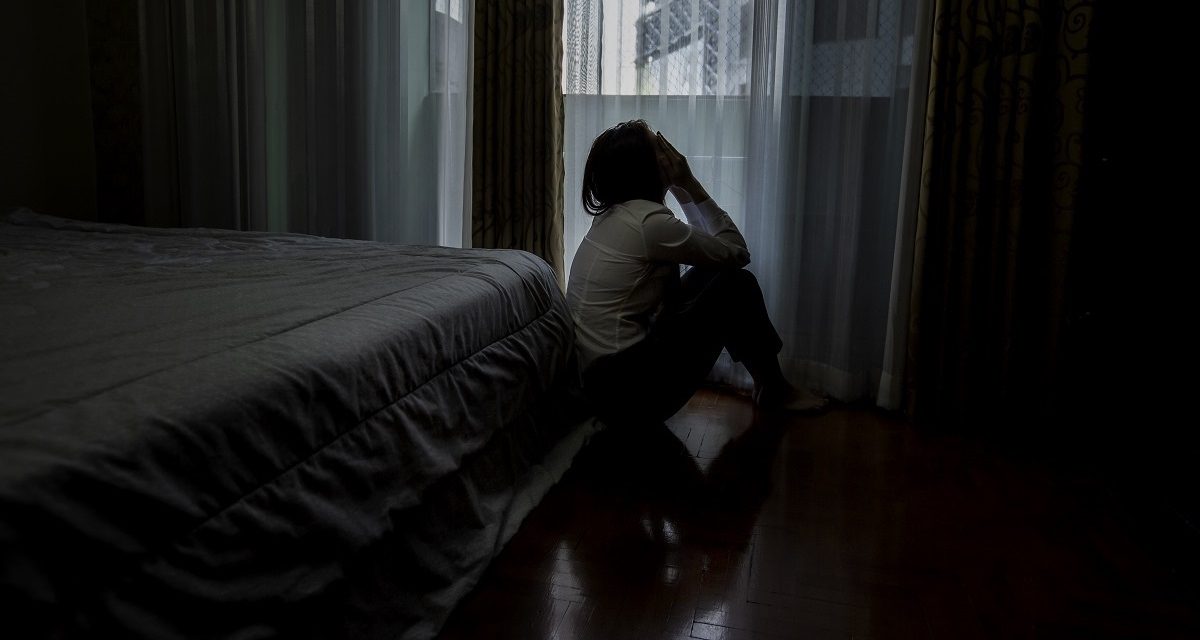The Sexual Assault Awareness Month (SAAM) campaign sheds light on the harrowing statistics surrounding sexual violence and provides education on the topic as well as resources and support for survivors. The campaign’s history dates to the early 1970s when activists organized national movements to reduce sexual assault and violence against women. Though sexual assault affects people of all genders, women are harmed at disproportionate rates. According to data collected from the Rape, Abuse & Incest National Network (RAINN), 1 in 6 American women are a victim of attempted or completed rape in her lifetime compared to 1 in 33 American men. One point the SAAM campaign has consistently raised is how factors like gender and consent play a role in how we discuss and navigate instances of sexual assault.
Understanding the Numbers
While RAINN aims to reflect the most reliable and up to date statistics for each topic, it’s crucial to understand that sexual assault statistics are hard to measure. Many sexual assault survivors choose not to report for a variety of reasons. They may not immediately recognize the instance as assault or may not feel comfortable speaking up, especially if they feel they may not have support. Many also fear that any retaliation from their assaulter, peers, or the public is not worth the slim-to-none chance of receiving justice. Data from RAIIN shows out of every 1000 sexual assaults, 995 perpetrators will walk free; compared to robberies, assaults, and battery crimes, sexual assault perpetrators are less likely to go to jail or prison.
Survivors may choose not to pursue legal action simply because gathering substantial DNA evidence can include completing a rape kit which is a problematic and invasive process, especially immediately following a traumatic incident. Many instances of sexual assault can’t be determined by a kit and may be even harder to prove, further justifying survivors’ logic that speaking up may not be in their best interest. It’s also important to understand that our current justice system continues cycles of abuse: though the amount of sexual violence happening against prisoners is knowingly staggering, little is being done. While a jail sentence may seem like justice, it is only furthering the problem, not solving it.
Misconceptions surrounding sexual assault have created a rape culture that perpetuates gendered harassment and abuse and shames survivors out of coming forward. By understanding the prevalent patterns in sexual assault cases, we can collectively better spot warning signs of potential harm and intervene or offer support proactively. The annual SAAM campaign is necessary to understanding what sexual assault is, why it happens, and what role each of us play in creating a safer place for everyone with a focus on those who need it most now.
What is Sexual Assault?
In popular media, sexual assault is frequently depicted as a violent, lust-driven attack usually committed by a stranger in a dangerous environment. However, in 8 out of 10 sexual assaults, the assaulter is someone known to the victim such as family, romantic partners, or social acquaintances. It also isn’t necessarily violent – determining whether sexual assault occurred relies on the consent of those involved. When the attacker is someone we know, trust, or even love, the lines of consent can be blurred, making it easy to fall victim to assault and especially to be confused about or not fully recognize what happened.
Sexual assault is defined as sexual contact or behavior that occurs without explicit consent of the victim and can include attempted rape or rape, fondling or unwanted sexual touching, and forcing someone to perform sexual acts. An important distinction RAINN makes is that “force” does not always refer to physical pressure, but can also include emotional coercion, psychological force, manipulation, and intimidation.
Consent is an agreement between participants to engage in sexual activity; it must be given freely, verbally, and consistently. Enthusiastic consent, the newest understanding, looks for the presence of “yes” rather than the absence of “no.” Consent cannot be given by individuals who are underage, incapacitated by drugs or alcohol, asleep, unconscious, under pressure of intimidation or coercion, or in an unequal power dynamic such as an employee or student.
Sexual assault is driven by a want for power and control and is typically committed by someone in a position of authority. This imbalanced power dynamic helps explain child/domestic assault, assault by a supervisor at school, work, a religious institution, the military, jail/prison, or elsewhere, and people who are abused while sleeping. It also emphasizes the intersection of power dynamics and identity within hate crimes such as assaults against disabled people.
Changing the Online – and Offline – Discourse
Depictions of and discourse surrounding sexual assault are extremely harmful to our collective understanding of the issue. Male minors are considered “lucky” to be assaulted by female teachers, jokes about sexual assault in prison are culturally accepted, and women victims are frequently blamed for their attacks. Failing to take assault seriously or suggesting it can be prevented ignores the root of the problem. Victim blaming women for their assault, such as suggesting they “asked for it” by wearing provocative clothing, insinuates that assault is caused by attraction or lust. Understanding that sexual assault is instead driven by power and control helps us better understand the patterns of sexual violence. Harmful discourse surrounding sexual assault, especially comments blaming, negating, or making light of a victim’s experience, silences survivors and empowers attackers to feel justified.
Instead of treating each instance of sexual assault in a vacuum, we need to collectively recognize that there are telltale patterns. Instead of debating what victims could have done to prevent their assault, we need to acknowledge that we can all take proactive measures to make the world safer for everyone. Assault is never the fault of the victim and anyone can be affected. It’s necessary to not only understand how sexual assault can appear in our own relationships, families, schools, workplaces, and social circles but also to teach and respect consent early on.
The theme of SAAM this year is creating a safe space online. By shifting our online – and offline – discourse surrounding sexual assault, we can better work towards true harm reduction for everyone. Join the discussion this April by participating in SAAM’s #30DaysOfSAAM Instagram challenge. SAAM offers an array of educational and support resources for survivors and those wanting to learn more. Any survivors of sexual assault or those who may have been and are seeking answers and judgment-free support are encouraged to call the National Sexual Assault hotline at 1.800.656.4673 or chat with someone here.






